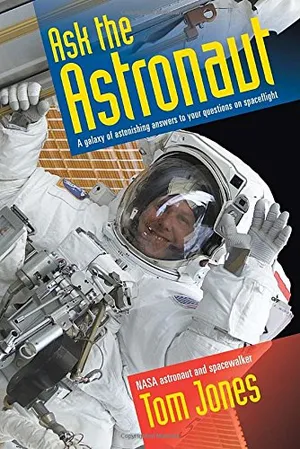Ask the Astronaut: How does NASA simulate weightlessness?
/https://tf-cmsv2-smithsonianmag-media.s3.amazonaws.com/filer/ee/b3/eeb3d494-0bbe-452e-a76d-da784441e3ef/microgravity-training.jpg)
Q: How does NASA simulate launch accelerations and weightlessness for astronauts in training?
I couldn’t wait to experience the sensations and sights of spaceflight in flight—who wouldn’t? But first I had to face them in training.
To get acquainted with the strong acceleration forces the human body must endure at during launch (also known as g-forces), I flew with shuttle astronauts in our Northrop T-38N trainer jets through wrenching aerobatics and high-g maneuvers—the kind of flying I loved as an Air Force pilot. I also trained in a large human centrifuge, a machine that spins you around very fast to create these acceleration forces.
Before launch I took a trip to the human centrifuge at Brooks Air Force Base in San Antonio, Texas. The Brooks centrifuge whirls its cabin around at the end of a long steel arm to subject its occupant to the same kind of acceleration you feel when an airliner powers up its engines during takeoff, squeezing you back into your seat. Suited up for liftoff, I was strapped to a shuttle seat and subjected to three simulated launches each lasting 8 minutes, 30 seconds. For the last minute, the force on my body was so strong that I felt as if I weighed nearly 500 pounds, three times my normal weight. It was hard to breathe or raise my arms, but I now knew what to expect during the ride to orbit.
To experience the weightless sensation of free fall, I boarded NASA’s KC-135 jet, once known informally, but accurately, as the “Vomit Comet.” Each exhilarating flight included 40 roller-coaster-like climbs and descents, creating free fall conditions for up to 25 seconds. The repeated transitions between free fall and twice the normal force of gravity during pullout can make you feel sick to your stomach--sometimes very sick. The Comet always delivered on its nickname!
Have a question of your own? Ask the Astronaut.

Ask the Astronaut: A Galaxy of Astonishing Answers to Your Questions on Spaceflight